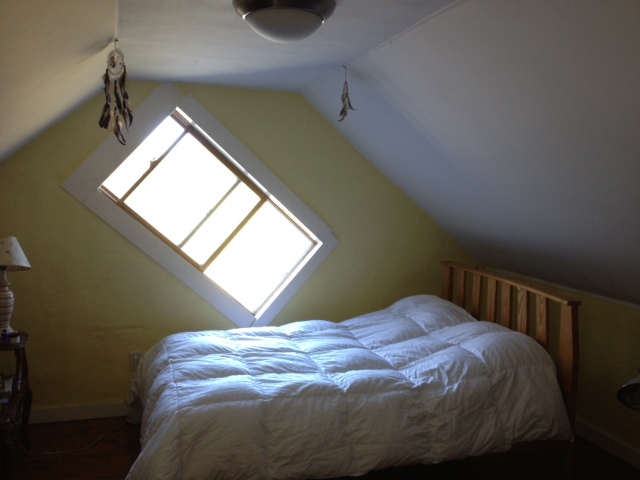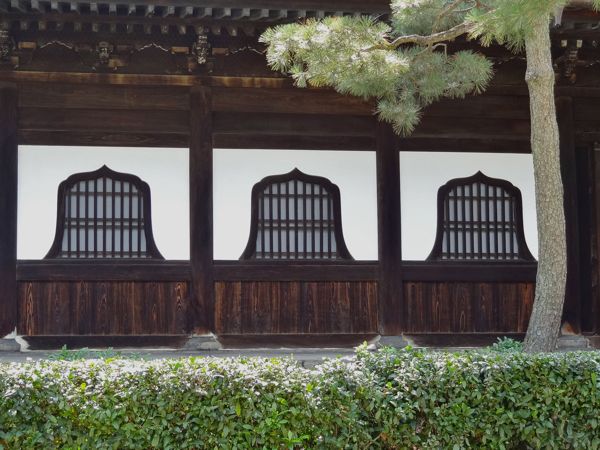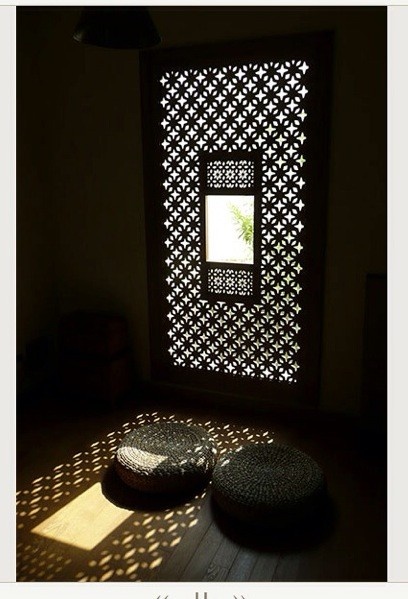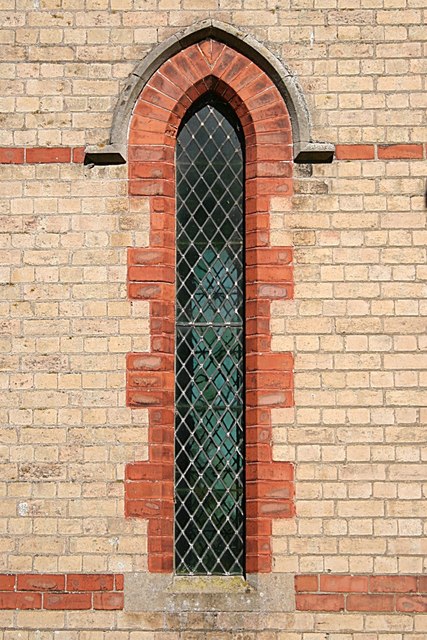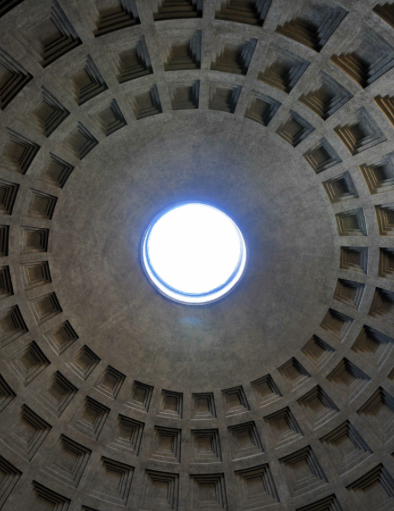With double hung, bay and bow, casement and triple pane windows dominating the market, most consumers are only aware of mainstream windows for the home. It’s a big world out there when it comes to windows and architecture. Today, we are featuring some of the more uncommon windows, both with unique shapes and interesting names.
Witch Window
A witch window is typically a double hung window or a casement window. It runs parallel to the roof of a house and is tilted at a 45-degree angle. Witch windows are almost exclusive to the state of Vermont. They got their name from the superstition that witches cannot fly into a house sideways on their broomsticks.
Katōmado Window
The Katomado window is a bell-shaped window that originated in Chinese architecture. The name translates to Fire Light Window. By the end of the 16th century, Katomado window were used in Buddhist sects, castles and shrines. The name has changed over the centuries, from Fire Window to Flower Head Window.
Mashrabiya Window
This is an Arabic window made from carved wood with a lattice pattern. Mashrabiyas came about in the middle ages and were used in houses and palaces through the mid-20th century. They are prevalent in urban Egypt, Iraq, Levant and Hejaz. One theory as to how the Mashrabiya got its name by deriving from the verb Ashrafa, meaning to overlook or observe.
Lancet Window
Lancet windows are tall, narrow windows with a pointed arch at the top. The name derived from the resemblance of a lance and they are typical in French early-gothic period architecture. The window later became popular in gothic English architecture and the era because loosely known as the Lancet Period.
Oculus Window
An Oculus window, a Latin term meaning eye, is a circular window in the center of a dome. Its French name is Ceil de Bouef, which means bullseye. It was used by the Romans and the Oculus Window was open to the weather, containing no glass.

